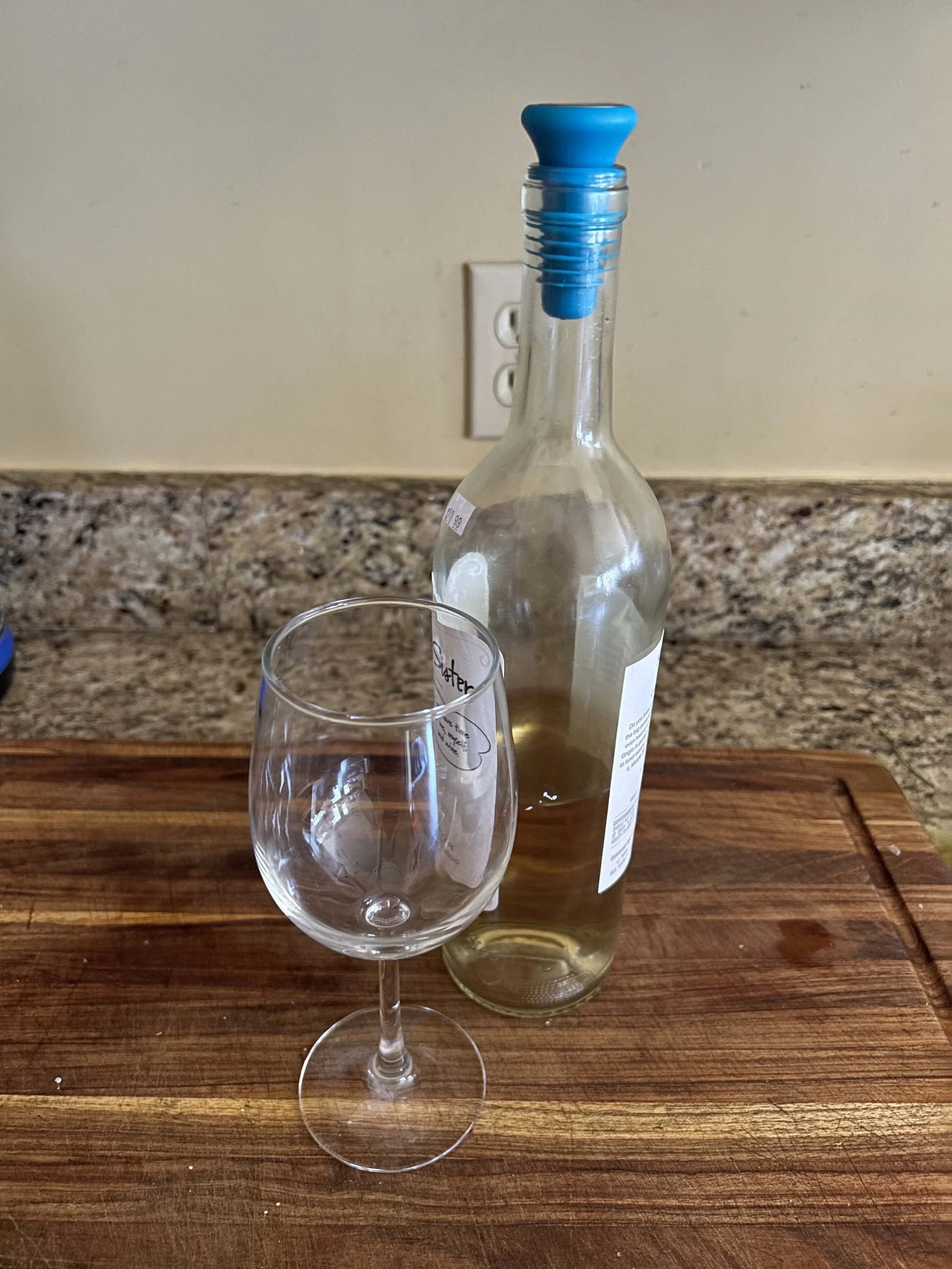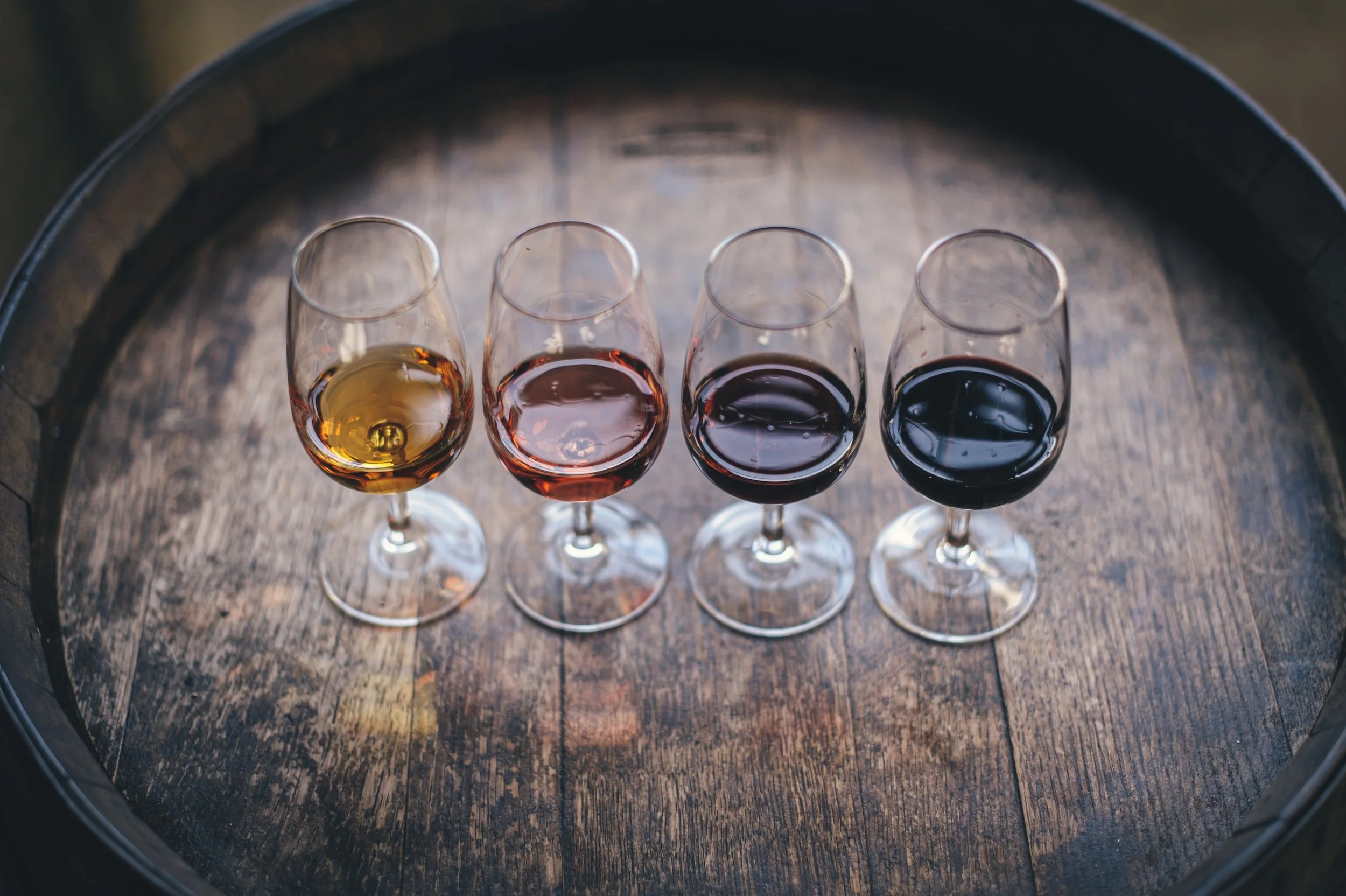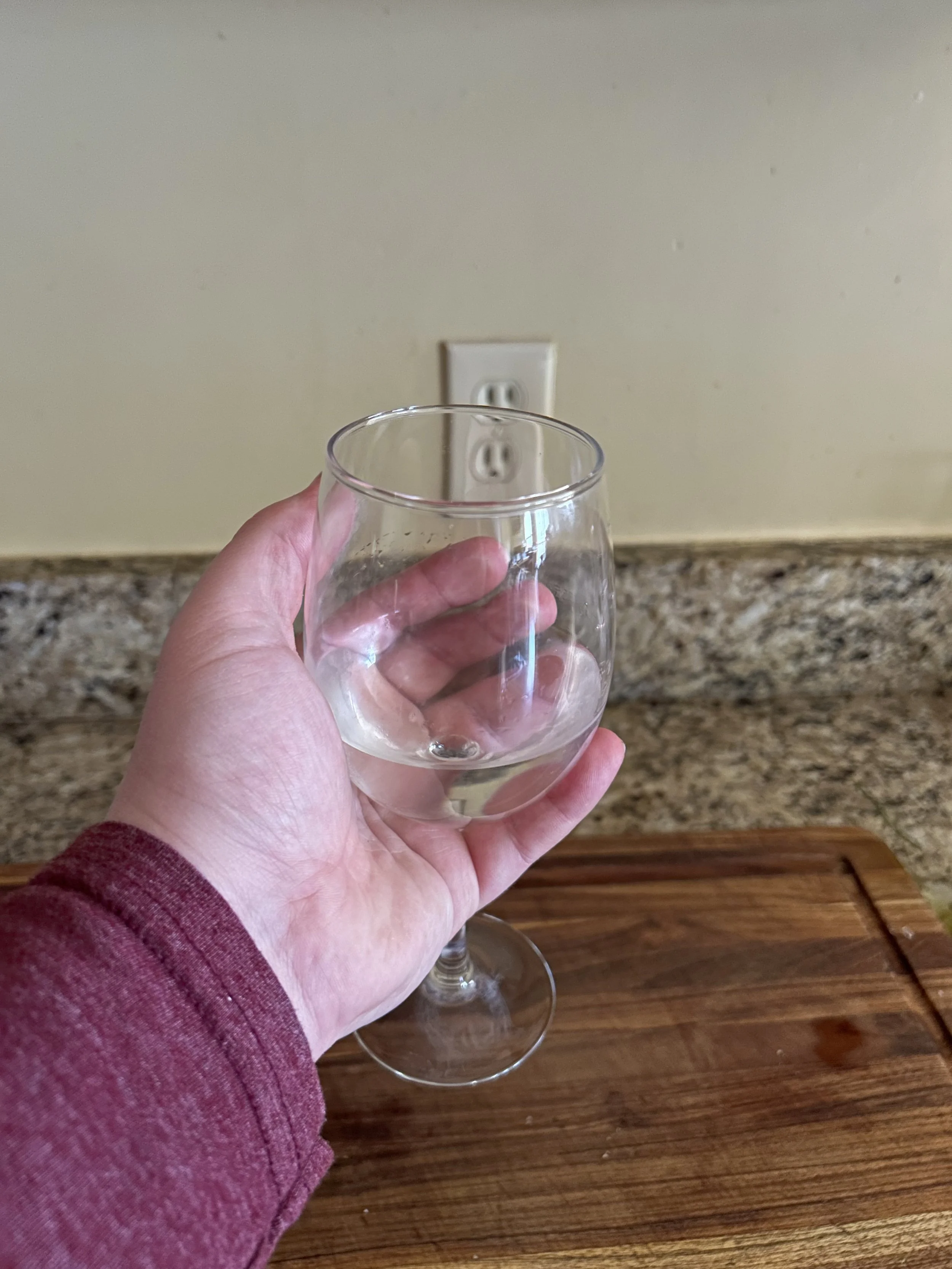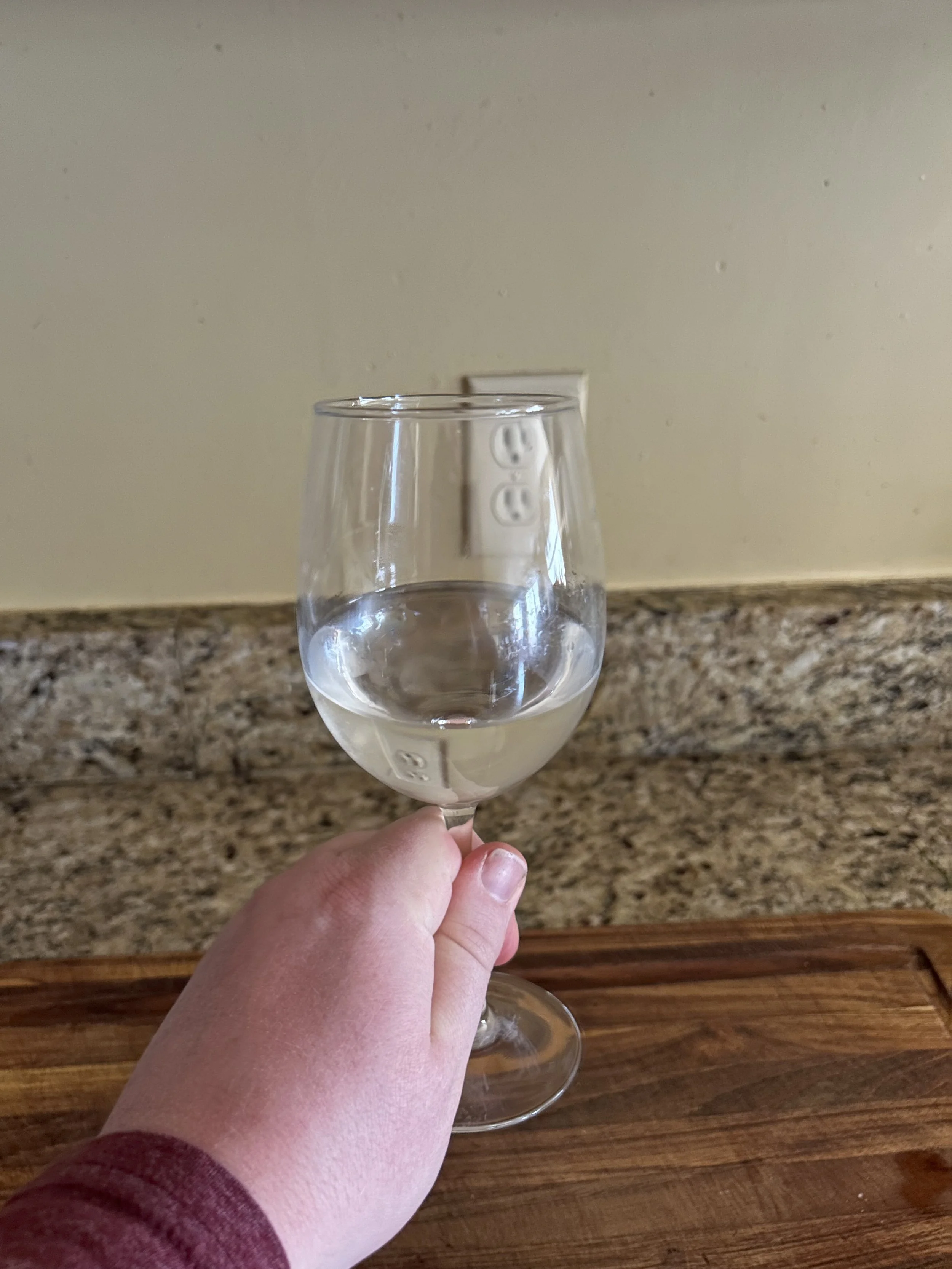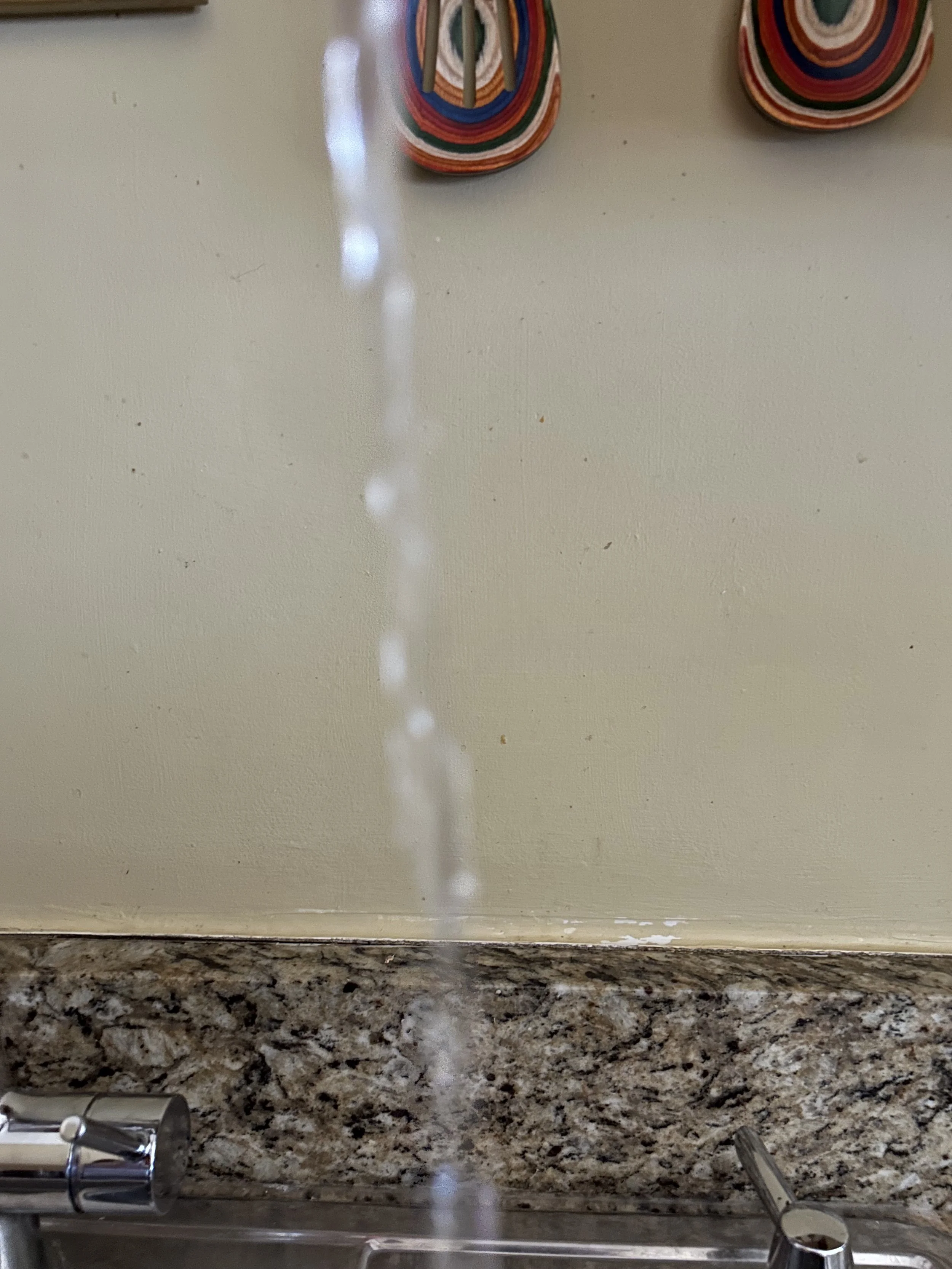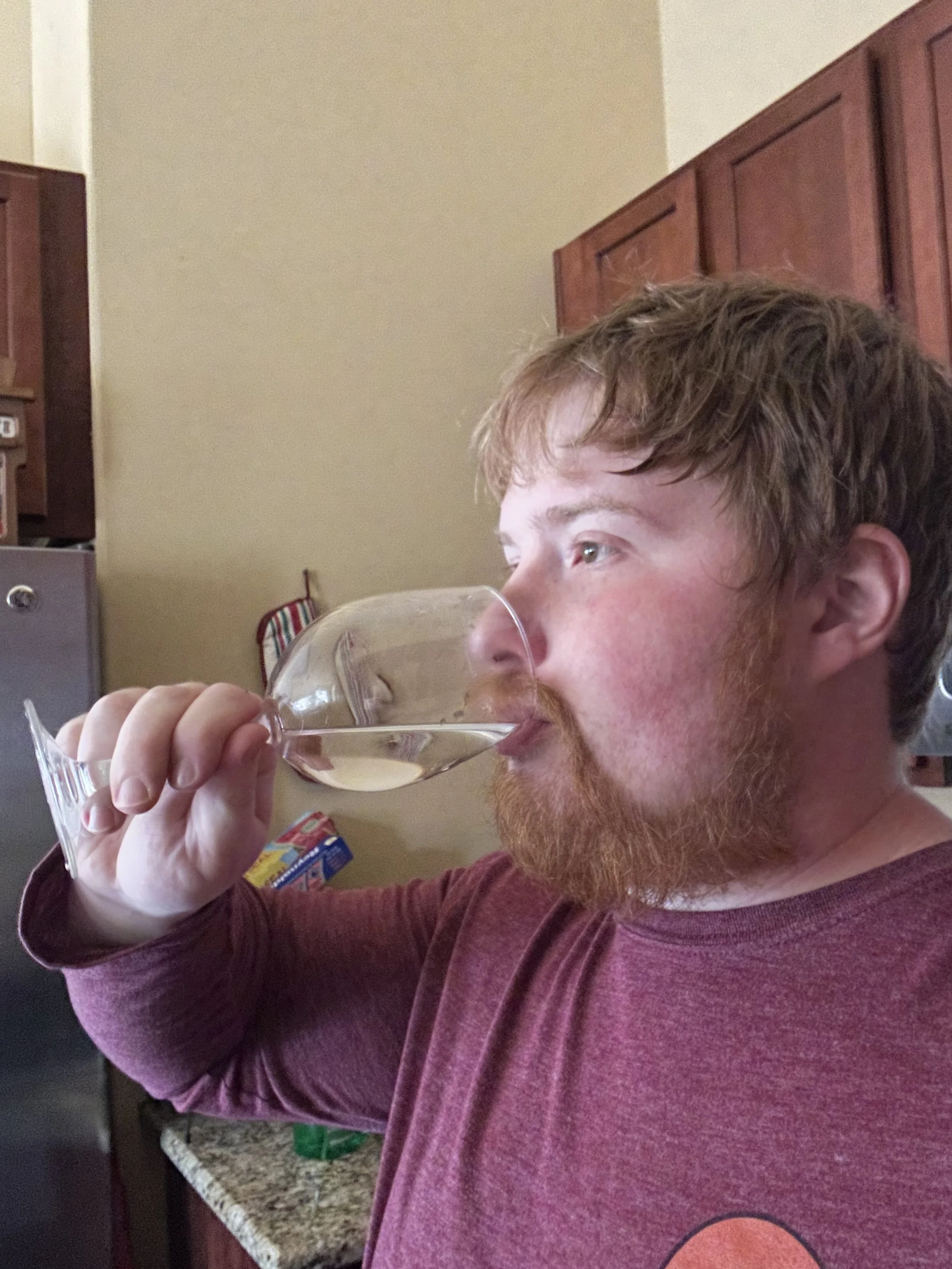YPDIW: Wine Tasting
Sometimes, it’s nice to treat ourselves a bit with a tasty glass of wine, whether it’s for a formal dinner, date night, or any occasion where you want to feel a bit classy.
While I don’t have an issue with drinking wine just to drink some wine, especially with cheaper wines, I think knowing the proper way to taste wine can help elevate your wine game to the next level.
I’m not saying you’re going to become one of those wine connoisseurs who can taste ten distinct flavors with one sip anytime soon, but I do think that knowing the proper way to taste wine can help you appreciate that wine that much more.
First things first, let’s talk about pairings. Knowing what kind of wine pairs well with what kind of food can enhance your dining experience that much more. After all, you wouldn’t want to order a rich red wine with some halibut, would you?
Here is a basic guide to help you determine what types of wine pairs with what.
Dry white wine: With their fruity acidity and lighter body, dry white wines pair nicely with lighter dishes like shellfish, lean cuts of chicken, salads, and most cheeses.
Dry red wine: Some red wines are more full-bodied than others meaning their taste is richer and darker, but generally speaking red wine offers a rich flavor that goes nicely with red meat or dark meat poultry.
Rose: Rose fits into about the same category as dry white wines for me, it goes nicely with anything salty, creamy, or sweet.
Sweet wine: Because of their sweetness, sweeter wines tend to pair better with desserts. I suggest pairing sweet white wines with custards or fruit-based desserts and sweet red wine with chocolate.
Now that we’ve got those basics covered, let’s get tasting!…this is where the problems start. (Quick note, I will be demonstrating the correct way to do this with water, but all of the rules apply the same)
I’ve seen way too many people holding their wine glass by the cup or top part.
The issue with holding the wine glass by the top part is that the heat from your hand can warm the glass, which then warms the wine, and that can cause the wine to lose some of it’s subtle flavors, especially if you’re at a walking banquet or other stand-up event.
The best place to hold your wine glass is by the stem, this keeps the heat from your hand from getting into the wine, so the wine can stay in your hand longer without losing its flavor.
The next big mistake is taking the wine straight from the table to your mouth without doing anything else and forgetting to swirl and sip the wine.
Swirling the wine in the glass for a few seconds will agitate the wine and allow some of the flavor molecules to open up, allowing you to taste the subtle flavors and nuances of the wine.
I’ve heard from some people that it affects the flavor if you swirl the wine clockwise or counter-clockwise. I can’t exactly prove if this right, but to me, it doesn’t matter too much as long as you swirl for at least 5 seconds.
Sniffing the wine allows you to pick up aromas that send signals through the brain and into your tongue and get your tongue to anticipate what the wine is going to taste like, this will also help you pick up some of the subtle flavors of cherry, hickory, pine, chocolate, or whatever the flavor profile of the wine happens to be.
After a quick swirl, just rest your nose on the rim of the glass, tilt the glass so the wine is closer to you, and take a long sniff. The wine and your palate will thank you.
Now comes the most important part, the actual taste, but do not pour the wine into your mouth like you’re chugging beer. You won’t be able to taste the wine, and you’ll end up getting drunk before you even know it!
Would be pretty embarrassing to get hammered during a formal gathering or at a nice restaurant, especially to other diners and your friends and family.
What you want to do is bring the rim of the glass to your mouth and take a gentle sip, only getting enough wine in your mouth to coat your tongue.
Let the wine sit on your tongue for a few seconds and see if you can pick up any of those subtle flavor notes that any good wine should be known for, then go ahead and swallow.
Sparkling wines like champagne are different.
With this, you want to avoid swirling the wine as the agitation can cause the sparkling to lose its signature carbonation.
It’s still a good idea to give your sparkling wine a sniff before tasting, but be careful with moving it around too much as you want it to stay fizzy.
If you’ve done everything right, you’ll truly be able to taste and appreciate all of the flavors of your wine, and you will certainly get your money’s worth.
Cheers!

